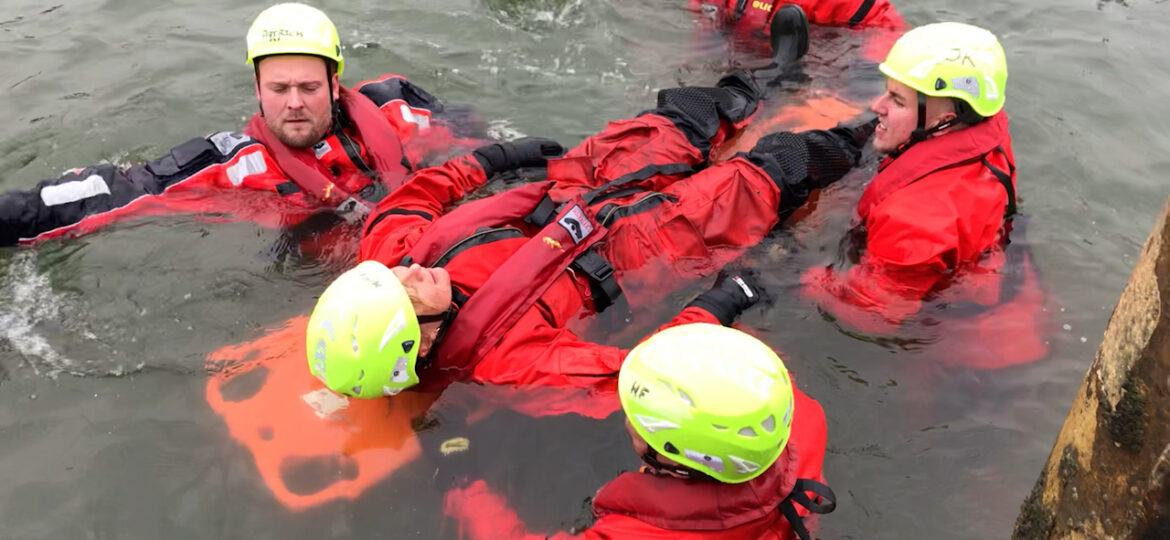
From the scene of the accident all the way to the MRI scan – full-body immobilisation by using a spineboard
It’s not just ambulances and other emergency services that use spine boards, they are also an essential piece of equipment for water rescue services and during civil protection operations. This is why a major order for 1,200 SmartEm spine boards is currently being delivered to civil protection teams. In this article, as well as explaining the types of emergency callouts where the spine board can be used, we will also discuss the benefits of minimally-invasive recovery using a long spinal board. In addition, as well as giving you some background information about the CE label like the NFC Tag that is attached to the kit, you will also find out how this simplifies the annual inspection of this piece of emergency equipment.
Minimally-invasive full-body immobilisation
The spine board is a type of long or full-body board, as it is designed to immobilise the whole body. Using the spine board makes minimally-invasive immobilisation possible for the whole of the recovery operation: As it is only 5 cm high, the casualty can be moved onto the spine board with a minimum of effort from virtually any position – whether they are standing or sitting or even on their side, back or stomach. Relocating the casualty with a minimal amount of movement is particularly important if potential spinal injuries are suspected. Using a spine board to complete the recovery does not take very long and the head can be held in a fixed position on the board by using the head immobiliser. In addition, the patient’s body can be completely immobilised by using the spider straps.
The emergency services use a spine board to place the patient on the stretcher for the next stage of the journey by ambulance. At the hospital, the properties of the materials used in the board mean that x-rays, CT scans or even MRI scans can be carried out immediately whilst the patient is still on the recovery equipment. This saves time and potential injuries that could be caused by repositioning the patient.
Universal applications of the spine board
The spine board is not just standard equipment for many of the emergency services like the German Red Cross (DRK), the Maltese Ambulance Service, St. John’s Ambulance or the Workers’ Samaritan Federation (ASB) and a requirement for emergency vehicles under the DIN EN 1789 regulation. It is also used by other emergency services: As an example, fire brigades and disaster relief organisations like the THW rely on this multifunctional piece of kit. Fire brigades often use the board to remove casualties trapped in the driver’s seat or the passenger seat out the back of a crashed vehicle. The spine board is also used by water rescue services like the German Life Saving Association (DLRG) or in swimming pools and on lakes. The board is made of HDPE and so has enough buoyancy to keep the casualty’s head above the water. The spine board’s sturdiness also means that the emergency services can lower it down ladders or cliff faces in a similar way to a litter basket.
But the spine board is also used for ice rescue, as it increases the contact surface and so reduces the amount of pressure on a single point of the ice.
When combined with the “Carapace” litter basket , the spine board can also be used by cave and mountain rescue teams. In this type of situation, the patient is immobilised by using a spine board and then placed in the litter basket. During any winching operation, whether in a mountain rescue or recovery from a cave, the patient should also be secured by a suitable harness to stop them falling.
Material properties and practical accessories
Despite its low material thickness of just a few centimetres and its low weight of only 6.5 kg, the spine board is extremely sturdy and resilient. With a loading capacity of 250kg, the SmartEm “X-Straight” spine board is at the front of the field when compared against similar products. With its CE certification, the properties of the materials used in the X-Straight make it suitable for x-rays, MRI and CT scans and it is also able to float.
The surface texture of the spine board is smooth and it also repels liquid, which makes it practical and user-friendly. It is also easy to clean, as there are no awkward attachments or recesses. There are various handles in the frame around the edge of the spine board, which can be used as carrying handles and also to secure and immobilise the patient. SmartEm offers the following accessories for das “X-Straight” spine board:
- washable strap system (multi-strap systems with Velcro or clip fasteners)
- compatible head immobiliser set
- matching protective cover
At your request we can give your board individual lettering to show who owns it or which vehicle it belongs to.
Product administration and inspection with an NFC Tag
Under the terms of the ‘MPBetreibV’ (Medical Product Operators’ Regulations), anyone who operates emergency equipment like the spine board has an obligation to carry out regular inspections and maintenance. The way rescue products that are subject to inspection, such as the spine board, are handled varies from manufacturer to manufacturer. Whilst some manufacturers do not publish any information about inspections, other dealers only allow on-site inspections by their own employees.
At SmartEm we have set ourselves the target of simplifying the inspection procedure for users of our products as much as possible and providing them with the best support available. Thanks to the NFC Cloud anyone who is qualified can inspect the equipment themselves at any time. The Cloud sends out reminders for inspections that will be due soon, it provides assistance with the essential steps of the inspection and saves all of the data and information for you. Find out more about the SmartEm Cloud in this blog post.
CE labelling helps quality assurance
With the help of CE labelling, the manufacturer provides evidence that its medical equipment is fully compliant with the applicable legal regulations. So it is not the producer but the manufacturer who is responsible for the declaration of conformity. Many Chinese producers already deliver their products to Europe with a CE label. In this situation the manufacturer is responsible for drawing up the technical documentation and checking which standards apply. This is the reason why manufacturers sometimes sell products on the basis of their CE labelling without having submitted the declaration of conformity. In the worst case scenario the products involved have to be recalled by the manufacturer.
There is a full declaration of conformity available for the SmartEm spine board, which is certified compliant with the current DIN EN 1865 and DIN EN 1789 standards. This provides evidence that the product meets the requirements of the following categories:
- Basic EU-wide requirements set out in the MDR (Medical Device Regulation)
- Clinical review
- Inspection based on the standard
- Risk assessment
A product will only be given a CE label if it meets all of the requirements in full. Examples include assessment of the load-bearing capacity, the test for the permeability of x-rays and the ability to float. A guarantee that no metal materials have been used in the construction must also be provided, so that there is a guarantee that it can be used in an MRI scanner without any issues. This means that the label represents comprehensive safety, performance and a pass in a neutral quality inspection.
A CE label is awarded through the drafting of the manufacturer’s declaration of conformity and the annual auditing of the products and production systems. Manufacturers make their own decisions as to which body they will be certified by. The declaration of conformity is valid for a maximum of five years, after which medical products need a new certification.
If you have any questions about the spine board, please get in touch with us.
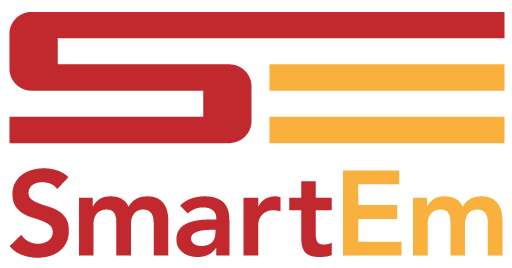
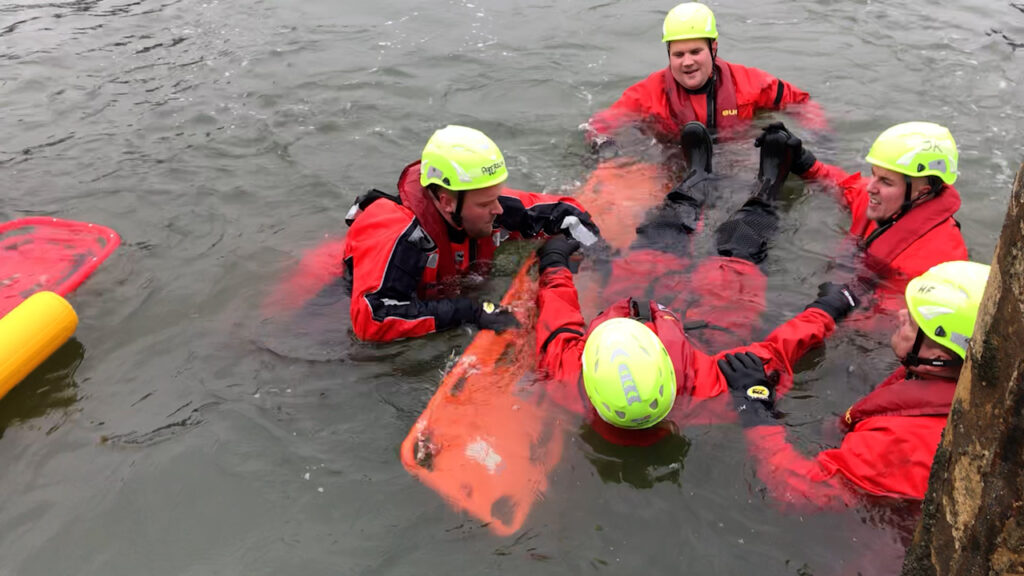
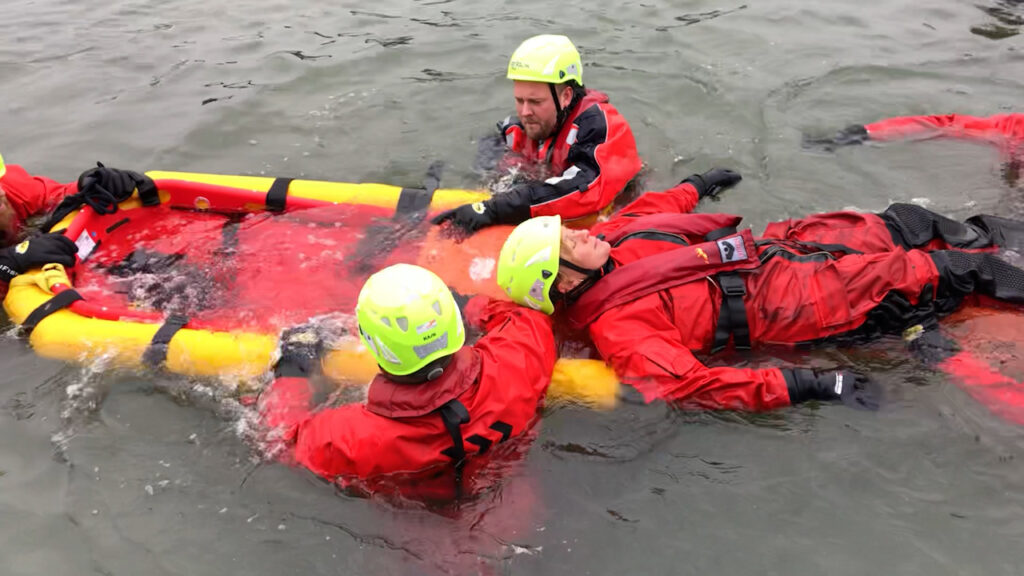
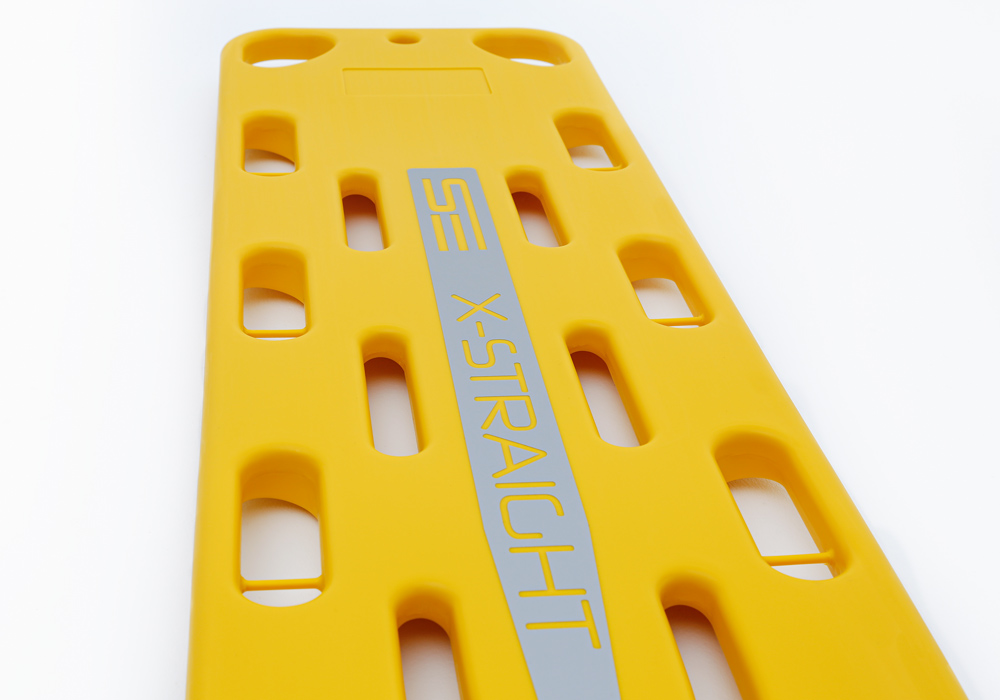

Comments
0 comments so far